For many amateur and professional photographers, Sony plays a rather subordinate role as a supplier of SLR cameras. Wrongly so, because the company has been very well positioned in terms of DSLRs for several years and stands out from other well-known brands such as Nikon or Canon, especially with its modern SLT technology. Sony managed quite quickly and unexpectedly to fight its way into the top 5 among camera manufacturers. Among other things, the takeover of Minolta played a major role in this. Older Minolta lenses can therefore still be used on most Sony Alpha DSLRs.
Today, the range of Sony Alpha SLR cameras extends from inexpensive entry-level to professional equipment for professional photographers. You can tell what kind of camera you are dealing with by the model number. It indicates the performance you can expect from the camera model. The 5x and 5xxx series, for example, are a good introduction to SLR photography. Higher demands are satisfied with a Sony Alpha 7x. For professional demands, Sony naturally also offers models with a full-format sensor.
Independently of the type of Sony Alpha SLR camera you choose, there is one essential difference between almost all current models and the DSLRs from Nikon or Canon: they use a semi-transparent mirror. The image therefore falls immediately onto the sensor when the picture is taken. The mirror is not folded away when the shutter is released, as is usual with other SLR cameras. Sony calls this technology "Single Lens Translucent" (SLT for short). For this reason, the Sony Alpha DSLRs also impress with particularly fast continuous shooting.
But there are other features that distinguish the Sony Alpha models from conventional DSLRs, such as a fast continuous autofocus and the electronic viewfinder, which offers a direct preview option. Thanks to the SLT technology, the sensor is well protected against possible camera shake during shooting and thus gives the matching Alpha lenses more leeway when you choose a slower shutter speed.
The SLT cameras are a big special feature in the Sony Alpha DSLR series. Since 2010, Sony has been building these SLRs, which are equipped with a semi-transparent mirror. This system is called Single Lens Translucent and is abbreviated SLT. With a classic SLR camera from the competition - such as Nikon or Canon - the mirror is folded upwards when the picture is taken so that the light can hit the sensor.
With an SLT camera from Sony, things are different: the mirror is semi-translucent and sits rigidly in the housing. A large part of the light can pass through the mirror and thus hit the sensor to expose the image. A small part of the light is deflected so that it hits a phase autofocus module. This has a significant advantage, as it provides fast phase autofocus even in Live View mode and when shooting video. In such shooting situations, classic DSLRs have to resort to contrast autofocus, which is much slower. The SLT cameras are therefore perfect for recording videos.
The fixed mirror and the space-saving electronic viewfinder offer another advantage: the cameras are much more compact thanks to this equipment. This is especially appreciated by beginners who are often looking for a space-saving DSLR camera. The SLT cameras from Sony are the successors of the Alpha SLRs, which is why they are equipped with an A bayonet. This means that you can use the entire selection of Alpha lenses on the SLT camera as well. Depending on the model chosen, the Alpha SLT cameras have the following equipment:
Accordingly, SLT cameras from Sony are not just for beginners, but also for ambitious amateur photographers.
As with any SLR camera, the following principle naturally applies to the Sony Alpha models: the camera body can be as professional as it may be, the photos will not convince without a high-quality lens. Accordingly, all Sony Alpha DSLRs should be equipped with qualitative lenses to ensure the best possible image quality. Sony has been working with Carl Zeiss for a long time, who are one of the leading companies in lens manufacturing. The lenses are high quality, but also expensive. In addition, Sony's own G-series lenses are also available for the Sony Alpha DSLRs. They are an optimised remake of the existing Minolta lenses.
Over ten years ago, on 19 January 2006, Konica Minolta announced that it was withdrawing completely from the camera business. This was a big surprise for many photographers who had enjoyed working with the Minolta system for years. Sony quickly decided to take over Minolta's camera business. This was the starting signal for today's Sony Alpha system. Sony took over the tried and tested Minolta A bayonet and thus ensured that Minolta photographers could continue to use their cameras and lenses.
The company supplemented the classic mirror folding mechanism with modern SLT technology for Photokina in 2010, but without discarding the Minolta A bayonet. To this day, this bayonet is used on numerous Sony Alpha cameras. In the course of time, only a new E bayonet was added for the DSLRs, which were still called "NEX" at that time. It can be assumed that without the takeover of Minolta, Sony would not be in the same position in the camera market today. It remains exciting to see how the Sony Alpha SLR cameras, the A bayonet and SLT technology will fare in the following decade.
Your choice of Sony Alpha DSLR should depend on your requirements. Beginners are usually well advised to go for the models in the 5x and 6x ranges. They are relatively inexpensive and equipped with many features that satisfy even demanding amateur photographers. These include, for example, the 20-megapixel sensor, the folding display, the Full HD video function and the numerous setting options. The price-performance ratio is unrivalled with these Sony Alpha models. With a Sony Alpha 7x, even higher demands are satisfied. These cameras also have a splash-proof housing, extremely fast continuous shooting and a separate shoulder display. The images of these models are also sharper and have less noise.
Professionals can recognise the Sony Alpha SLR cameras that are suitable for them by the 99 in the model name. These two digits stand for the top class of Sony Alpha DSLRs, because these models are equipped with a large full-frame sensor. It ensures low-noise and crisp, sharp images. These professional devices can easily keep up with the upper class of Nikon or Canon.
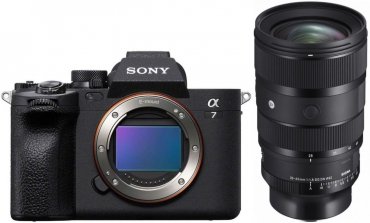
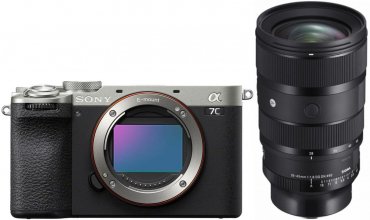
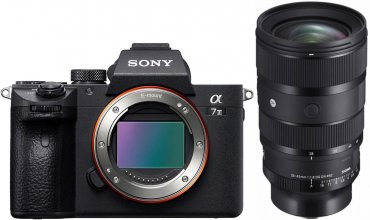
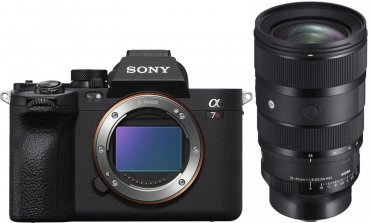
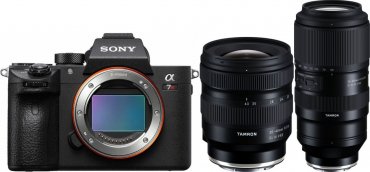
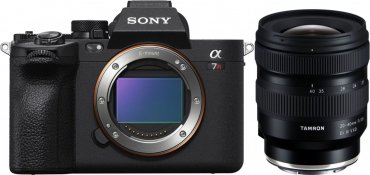
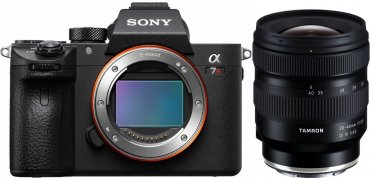

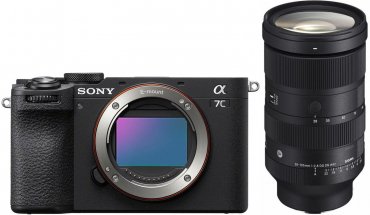
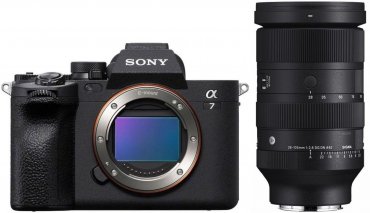
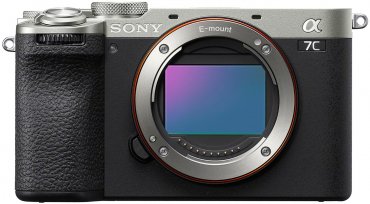
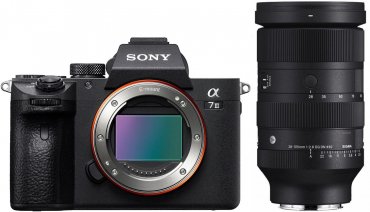
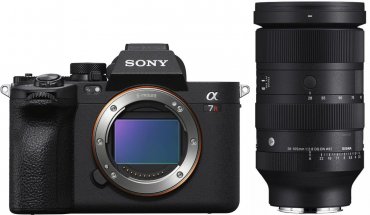
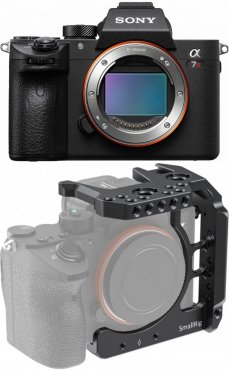

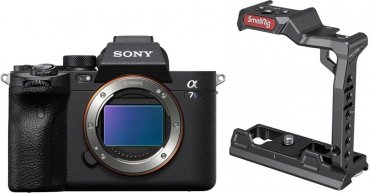
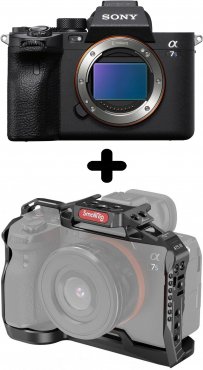
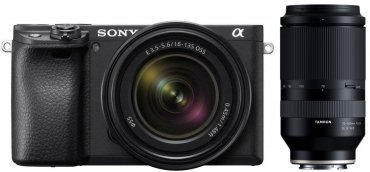
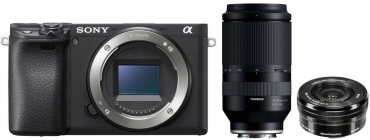
Simply subscribe and benefit as a newsletter recipient every week: